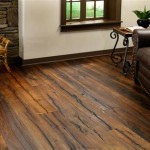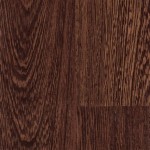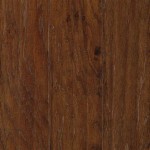A Comprehensive Guide to Exceptional Faux Wood Vinyl Flooring Installation
Transforming your living or commercial space with the allure of wood without compromising durability has become a reality with the advent of faux wood vinyl flooring. This innovative flooring solution boasts an array of benefits, including its resilience, water-resistant properties, and ease of maintenance. Installing faux wood vinyl flooring is a project that can be tackled with proper preparation and careful execution. This guide will delve into the essential aspects of faux wood vinyl flooring installation, empowering you with the knowledge to create a stunning and enduring floor.
1. Pre-Installation Preparation: A Foundation for Success
Meticulous preparation lays the groundwork for a flawless installation. Begin by ensuring your subfloor is level, dry, and clean. Remove any existing flooring or debris. Measure the room accurately to determine the amount of flooring required and plan the layout, ensuring minimal waste. Gather necessary tools, including a utility knife, measuring tape, spacers, a hammer, and a tapping block.
2. Vinyl Flooring Underlayment: Enhancing Comfort and Longevity
Installing an underlayment beneath the vinyl flooring provides numerous advantages. It enhances underfoot comfort, reduces noise transmission, and extends the lifespan of your flooring. Opt for underlayment specifically designed for vinyl flooring, as it offers optimal support and insulation.
3. Laying the First Row: Precision and Alignment
The first row of vinyl planks sets the tone for the entire installation. Begin by determining the starting point and aligning the first plank perpendicular to the longest wall. Use spacers to maintain uniform gaps between the planks and the wall. Ensure the planks are securely connected by tapping them together with a tapping block and hammer.
4. T-Moldings and Transition Pieces: Seamless Transitions
Where the flooring meets thresholds, doorways, or other surfaces, transition pieces are employed to create a smooth and aesthetically pleasing connection. T-moldings, for instance, are used to join two flooring surfaces of equal height, while thresholds bridge transitions between surfaces of varying heights. Install these transition pieces carefully, ensuring they are flush with the flooring and securely fastened.
5. Final Touches: Securing and Trimming
Once all the planks are laid and connected, secure the flooring around the perimeter using baseboards or quarter-round moldings. These moldings conceal any expansion gaps and lend a finished look to the installation. Trim any excess flooring along the edges using a sharp utility knife, ensuring a clean and precise finish.
Conclusion: Enjoying Your Newly Installed Faux Wood Vinyl Flooring
By following these steps diligently, you can achieve a stunning and durable faux wood vinyl flooring installation. The result is a floor that exudes the warmth and elegance of wood while offering exceptional resilience and ease of maintenance. Enjoy the transformation of your space with this practical and visually appealing flooring solution.

Easiest 5 Diy Flooring Solutions Learn To Install On Your Own Inc

Lvp Flooring Installation How To Install Luxury Vinyl Plank In A Basement Diy

How To Install Lock Engineered Hardwood Flooring

Vinyl Flooring Installation From Lowe S

6 Ways To Cut Vinyl Plank Flooring Beginners Guide

Dos And Don Ts For Installing Vinyl Plank Floors In The Bathroom Advice Homeowners
Vinyl Flooring That Looks Like Wood

Installing Vinyl Floors A Do It Yourself Guide The Honeycomb Home

Installing Vinyl Floors A Do It Yourself Guide The Honeycomb Home

Types Of Vinyl Flooring The Home Depot








